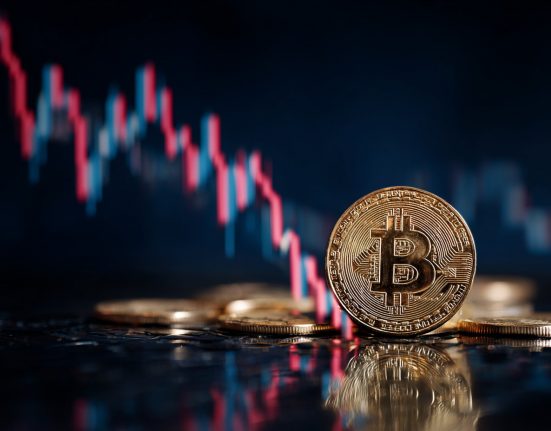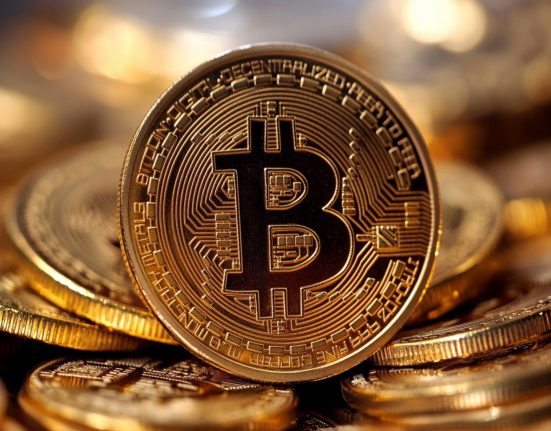Simmering tensions between China the US remain a significant headwind for the Chinese economy and beyond
The US Federal Reserve’s October rate cut had been well flagged by markets, and in the subsequent press conference, Jerome Powell, chair of the Fed, indicated – to no one’s great surprise – that there were “strongly differing” views within the committee, with both hawkish and dovish dissent. Powell also quite decisively pushed back on markets’ evident enthusiasm for a December rate cut, implying that the lack of currently available data, as a result of the government shutdown, was further raising uncertainties about the state of the economy going forward.
Undiscouraged by the prospect of less assistance from monetary policy, and soothed by the reduction in the US effective tariff rate on China from 42% to (a still high) 32% as well as a truce on reciprocal tariffs, export controls and other costs, albeit for just a year, risk markets have continued with their upbeat narratives. Interestingly, when Powell was asked whether he was concerned the AI drive may be creating a bubble, he pointed to the fact that most of the companies concerned did have earnings, a very significant difference compared to the dotcom era.
For China, the simmering tensions with the US, with that overlay of tariff uncertainties, remain a significant headwind for the economy, and growth has been slowing through Q3, prompting some counter-cyclical easing of fiscal policy.
These external risks are not the only headwinds to better economic growth, as the huge but moribund housing sector remains a significant hindrance to transforming China’s economy. Involution is the term used to describe the relentless price-cutting competition among Chinese companies as well as the continued build-up of outdated or excess capacities. So another stated policy aim has been to maintain the drive against inflation, which has also led, inevitably in the short term, to further constraining economic activity.
The 4th Plenum of the CPC Central Committee recently affirmed commitment to Beijing’s strategy of structurally rebalancing the economy away from investment and real estate and towards domestic consumption, high-end manufacturing and services, and raising per capita GDP and standards of living.
Bonds: 10-year rates stay range-bound despite uncertainty
Ten-year developed market rates, excluding those of Japan, have essentially stayed within ranges they have held since late 2022, when global inflation fears and realities hit all rate markets. Curve shapes have certainly been more fluid, with both shorter rates and very long rates moving more over the course of this year, especially.
Though Powell was surprisingly hawkish in his statements, markets seem to be less perturbed for now. Uncertainties surrounding the job market remain key, and while markets appear to have been remarkably resilient in the face of the government shutdown, the very real lack of data on the state of US employment is a discomfort.
For the European Central Bank, a somewhat uneventful, or even dull, meeting and outcome is no bad thing. Core inflation remains steady, and preliminary Q3 GDP figures were quite pleasing, though manifesting quite a disparate growth pattern across the region, with sluggish Germany and Italy on one side and upbeat Spain and (surprisingly) France on the other.
Weaker UK data releases from the jobs market, and some recent lower inflation may be pointing to a cut from the Bank of England. The upcoming Budget, which will (almost) definitely include fiscal tightening, is key to economic prospects. The long and anxious wait for the chancellor of the exchequer’s decisions has depressed both business and consumer confidence levels for some time now.
Sanae Takaichi became Japan’s fourth prime minister in five years, and its first female leader. A conservative-leaning Abenomics fan, Takaichi has in the past been a vocal critic of the Bank of Japan (BoJ) tightening policy in the face of higher inflation. For the BoJ, although its next move may well be a hike, the current risks to the economic outlook appear to be more skewed to the downside, from negative effects of US tariffs damaging the economy as well as the outcome of next year’s shunto, the annual round for wage negotiations, and perhaps a desire not to directly antagonise the new government.
Currencies: Chinese policymakers contain renminbi decline
While the BoJ might be expecting more friction from the Takaichi leadership regarding its interest rate policies, the weakness in the Japanese yen, particularly after its more dovish statements and lack of hike in October, is also not going unnoticed and has the capacity to aggravate relations with the US. The so-called ‘Takaichi trade’ has been propelling Japanese stocks higher on the back of now expected looser fiscal policy and more political pressure to keep policy rates low, and pushing the yen lower.
Finance minister Satsuki Katayama has already been vocalising Japanese concern about carefully watching “rapid moves” in the currency. There does not yet appear to be an imminent threat of direct intervention in the FX market, but further large moves down will almost certainly garner more than a verbal response.
Through 2025, the Chinese currency has been less volatile than the yen, arguably reflecting active behind-the-scenes management from the People’s Bank of China (PBoC), but the renminbi has seen a bigger net move over the course of this year, with USD/CNY – US dollars to the Chinese currency – down just under 2.5% year-to-date.
China’s policymakers have been content to see a gentle but steady downward trend for USD/CNY, and have prevented their currency from exhibiting weakness while the tortuous US trade negotiations are underway. It also seems likely that the PBoC has been instructing the state banks to buy or sell dollars accordingly to dampen any sharp FX moves and generally discourage speculative flows, basically a form of proxy intervention.
Some forecasters have been upgrading their China GDP growth forecasts on the back of the easing of trade tensions and the 4th Plenum, and argue that the Chinese currency is today significantly undervalued and that Beijing will not be uncomfortable seeing gradual currency strength.








